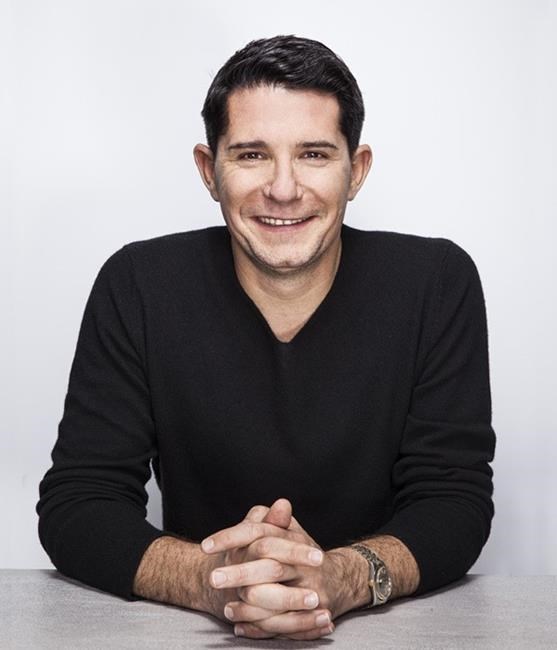When the COVID-19 pandemic kept 91ԭ��s cooped up at home and forced retailers to temporarily shut their doors, Lightspeed Commerce Inc.'s customers had "a moment of high panic."
About 90 per cent of the Montreal point-of-sale technology company's clients were physical retailers and restaurants, who had to cobble together websites, online stores and delivery programs seemingly overnight.
Lightspeed, which had offerings that straddled the e-commerce and brick-and-mortar worlds, helped them navigate the transition, but CEO JP Chauvet says that as pandemic restrictions fade and people return to in-store spending, it's now the company's "time to shine."
"It's safe to say that a post pandemic world is much better for Lightspeed than a pandemic world," he said.
The 17-year-old company is eager to brand itself as a one-stop shop for businesses as they reopen and get back to in-person experiences, but at the same time, strive to keep and grow their online avenues.
The company will try to cater to both needs with Lightspeed Retail, a commerce platform launched on Thursday that meshes offerings from a string of recent Lightspeed acquisitions with a slew of new features helping businesses integrate the digital with the brick-and-mortar.
Its launch is one of the first big announcements Chauvet, once Lightspeed's chief revenue officer and then president, has made since he succeeded founder Dax Dasilva as CEO in February.
Dasilva, who remains executive chair of Lightspeed's board, billed the executive shuffle as a "natural progression" for a company keen to "recognize its full potential," but he left Chauvet to address several woes.
First, there was Spruce Point Management, which accused Lightspeed of hiding massive inflation and misleading investors around its growth potential in September. That contributed to a steady plunge for Lightspeed's stock, which had hit a 52-day high of $165.87 in September, but closed at $28.53 on Wednesday.
Then, Lightspeed's most recent quarter saw its losses deepen. The company reported a net loss of US$65.5 million or 44 cents per share in its third quarter, compared with a net loss of US$42.7 million or 39 cents per share a year earlier.
When asked about the company's performance since he took over the top job, Chauvet said he felt good about where the company is.
"We've really done a lot of heavy lifting in the last six months."
Holding onto that optimism will involve navigating the evolving retail and hospitality industries, which have been hit with bankruptcies, sales slumps and troubles recruiting workers.
Lightspeed is expecting some shifts in how consumers shop. For example, a Lightspeed survey of 7,200 retail owners, managers, operators and customers across Canada, the U.S., the U.K., Germany, the Netherlands and France found consumers expect to shop less, regardless of whether they make their purchases online or in-person.
About 30 per cent of consumer survey respondents said they plan to curtail shopping in 2022 versus 10 per cent who expect to shop more.
Still, Lightspeed believes physical stores will be just as vital as e-commerce as COVID-19 measures subside.
Its survey found almost 40 per cent of consumer respondents plan to shop mostly in-store over the next six months compared with 23 per cent who will reserve their purchases for online avenues.
The figures indicate brick-and-mortar retailers are picking up some of the traction they lost during the health crisis, but are still not keeping pace with pre-pandemic levels. About 50 per cent of customers shopped in-store in 2019.
"It's a mix of all worlds," said Chauvet. "They're going back, but they haven't forgot what they learned in the pandemic."
This report by The 91ԭ�� Press was first published May 5, 2022.
Companies in this story: (TSX:LSPD)
Tara Deschamps, The 91ԭ�� Press



